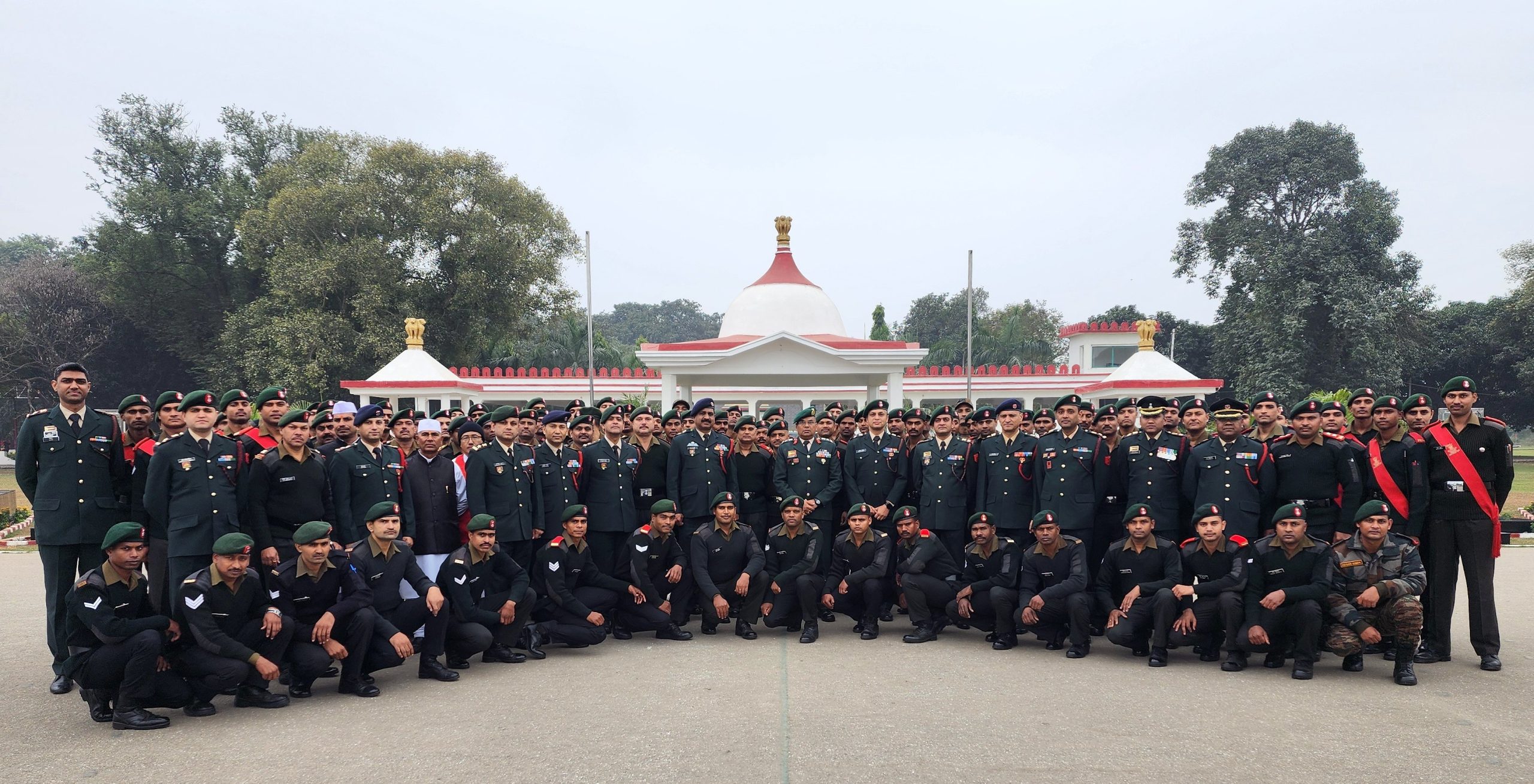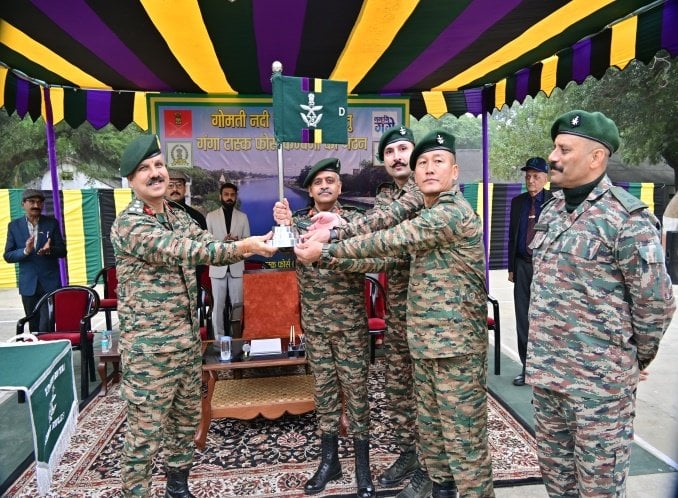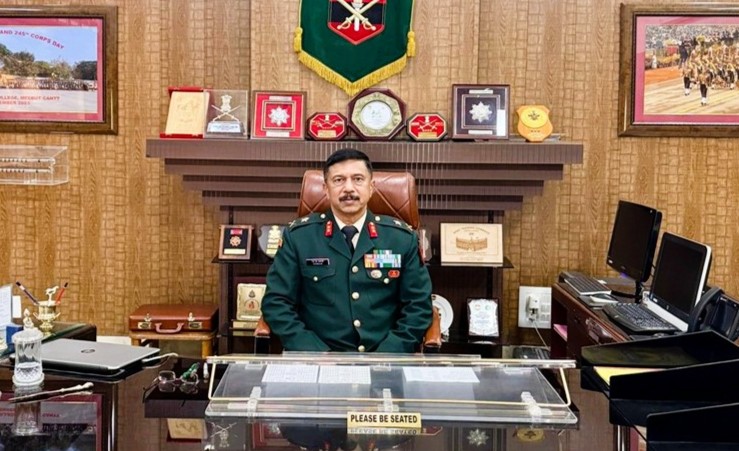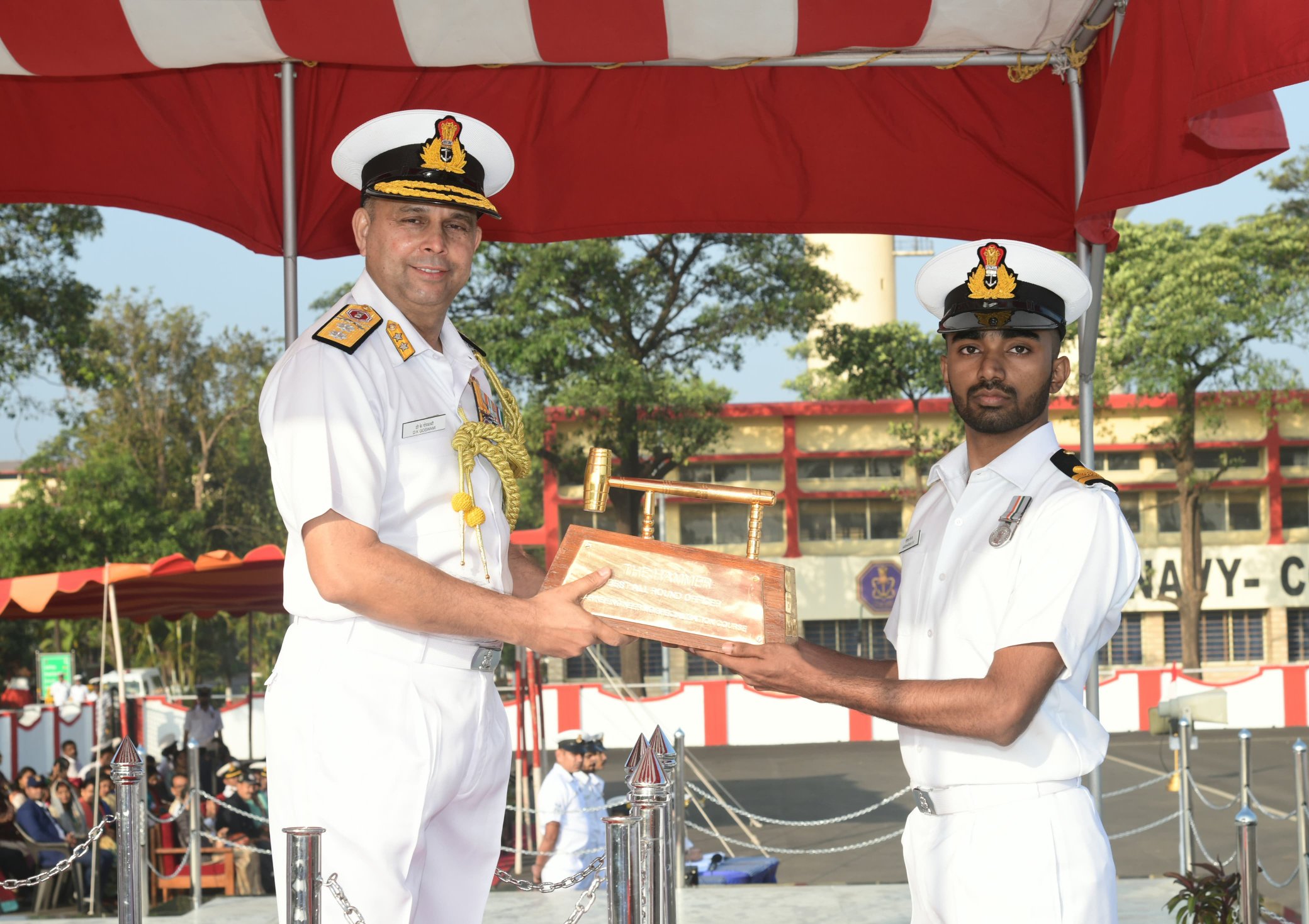Bihar Regimental Centre Honors the Raising of 8 Bihar and 12 Bihar Regiments
The Bihar Regimental Centre in Danapur held a solemn and poignant ceremony to commemorate the raising of the 8 Bihar…
Best Selling SSB Interview Books 2025
Do you have to face the SSB interview this year? are you planning to buy a good SSB interview book…
Major General Rohit Mehrotra Assumes Command of 61 Sub Area
Major General Rohit Mehrotra took over the command of 61 Sub Area from Major General Rai Singh Godara on January…
Indian Army’s Territorial Army Battalion Takes Initiative for Gomti River Rejuvenation
Under the aegis of the Ganga Task Force (GTF) Battalion of the Territorial Army, a new company has been raised…
Major General SS Balaje Takes Over as Commandant of Remount Veterinary Corps Centre and College
Major General SS Balaje has assumed the prestigious role of Commandant at the Remount Veterinary Corps Centre and College (RVCC&C),…
35 Officers Completed Marine Engineering Specialisation Course at INS Shivaji
Thirty-five officers from the Indian Navy, Indian Coast Guard, and Friendly Foreign Countries (FFCs) including Sri Lanka, Namibia, and the…






